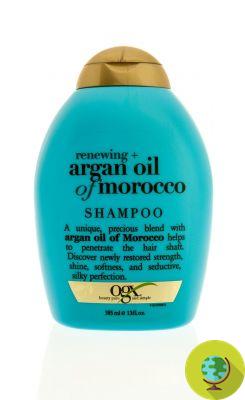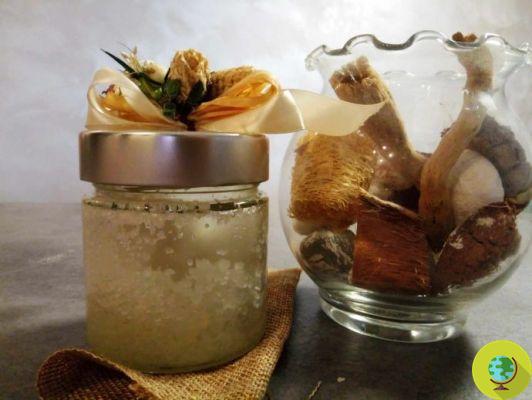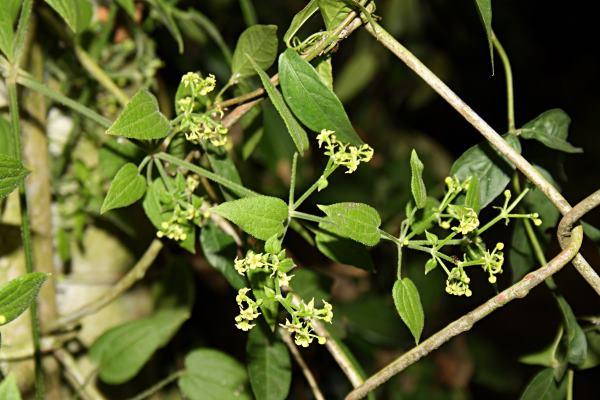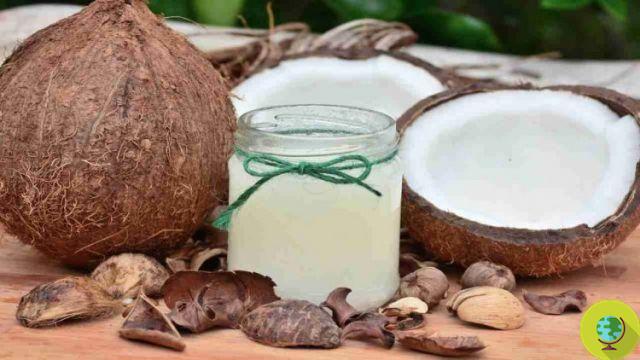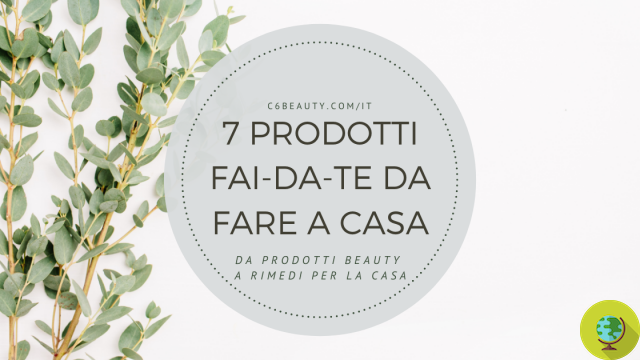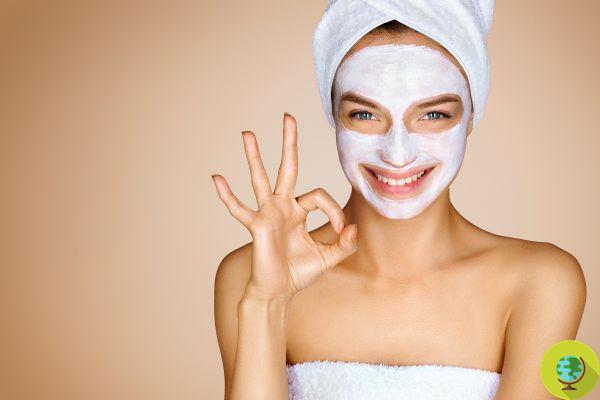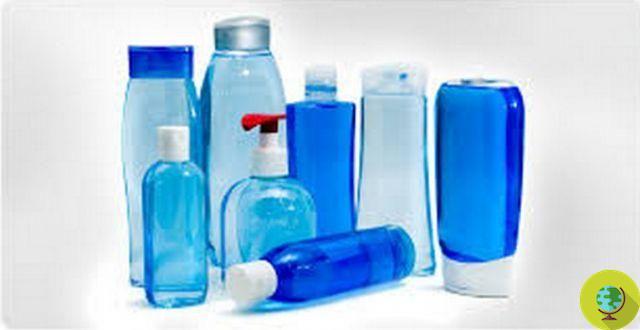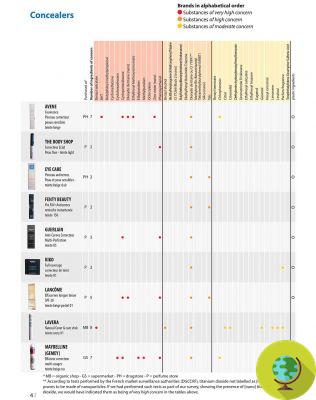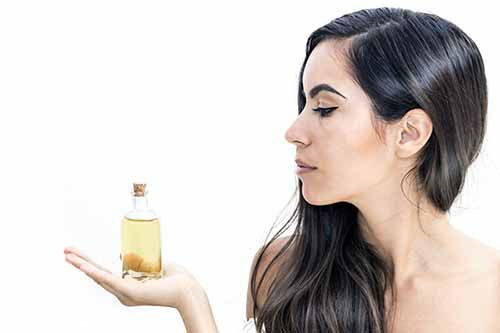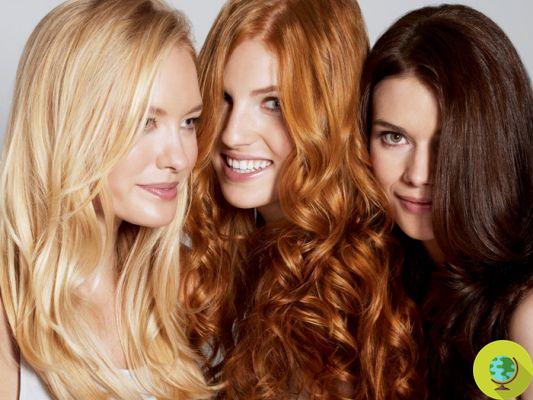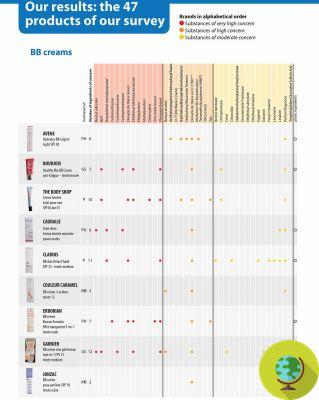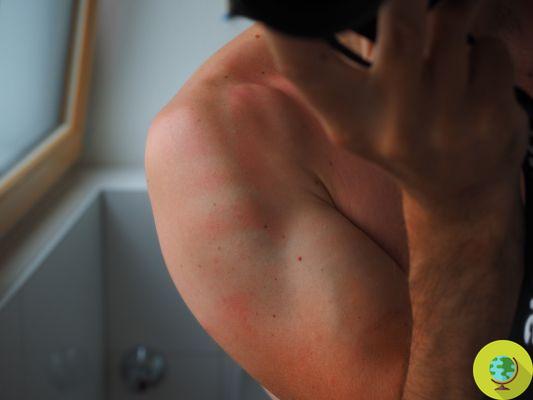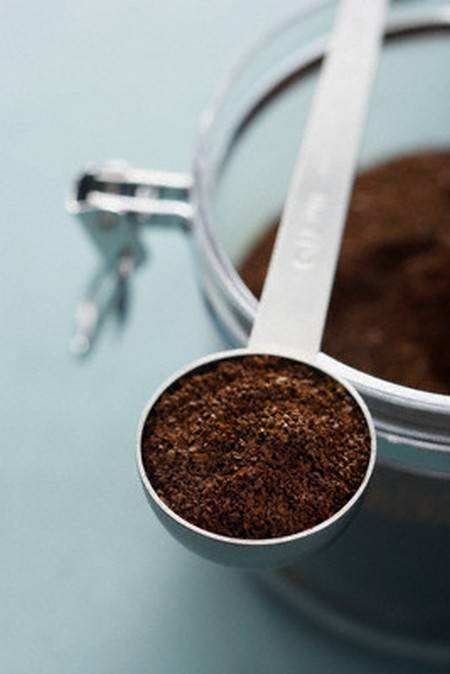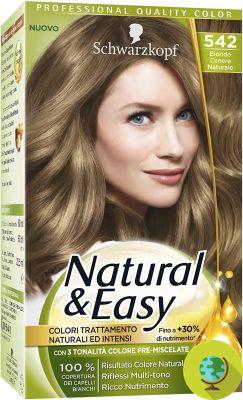Natural vegetable dyes or herbal dyes are obtained from the pulverization of leaves or roots of plants containing a coloring pigment. Often used in textile dyeing, they are able to reflect or dye our hair as well. They constitute a completely natural alternative to chemical dyes, compared to which they have the considerable advantage of making hair stronger, shiny and voluminous, without contraindications for health or the environment.
Don't store avocado like this: it's dangerous
Le tints natural vegetable o dyeing herbs they are obtained from the pulverization of leaves or roots of plants containing a coloring pigment. Often used in textile dyeing, they are able to reflect or dye our hair as well. They constitute a completely natural alternative to chemical dyes, compared to which they have the considerable advantage of making the hair stronger, shinier and more voluminous, without contraindications for health or the environment.
Index
Tints, preparation and application
The coloring powder is dissolved in hot water to form a batter of the same consistency as the yogurt, leaving it to macerate for about 15-20 minutes, in order to allow the full release of the dyeing pigment. Just like with chemical dyes, the batter is distributed on the hair, keeping it in place for the time necessary to carry out the dyeing action. Generally, vegetable dyes require longer exposures, since the coloring action occurs gradually and is not aggressive for the hair. Finally, we proceed with rinsing and drying. But the similarities with the communes tints Business they are exhausted here, only at the stage of applying the pack.
Chemical dyes and pollution
In fact, the universe of dyeing herbs is absolutely not comparable to chemical dyes. First, they have a completely different environmental impact: vegetable dyes, being completely natural, do not pollute and do not damage the marine ecosystem, while chemical dyes contain metals and other synthetic substances (ammonia, parabens, silicones, formaldehyde) which, not being biodegradable, they pollute the sea and damage marine life.
Read also: 10 DYEING HERBS TO COLOR OR REFLECT OUR HAIR
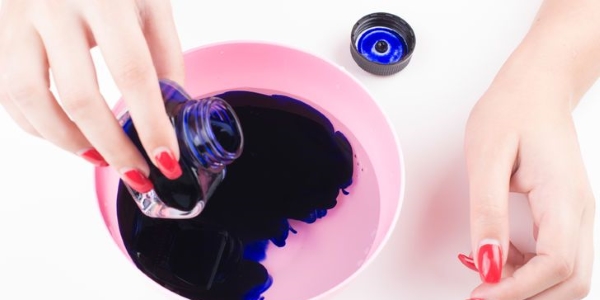
The health effects of chemical dyes
Not to mention the harmful effects on our healthand: burns, irritation, contact dermatitis, skin rashes, allergic reactions, up to breathing difficulties or anaphylactic shock, just to mention some of the risks to which the systematic and continuous use of conventional dyes exposes us. In fact, scientific studies have shown that there is a crelationship between chemical dyes and tumors, in particular leukemia, non-Hodgkin's lymphoma and bladder cancer. Some research conducted by several American universities has shown the higher percentage incidence of tumors in people who had made extensive use of chemical dyes.
Under accusation are the so-called aromatic amines, toxic substances formerly contained in many commercial dyes. They enter the body through contact with the fingers and scalp, causing the liver to produce carcinogens to metabolize them. It is necessary to specify that, precisely because of their toxicity, aromatic amines were officially banned by the European Union in the early 90s. However, there is a possibility that some synthetic dyes still contain them, bypassing the ban imposed by the EU. Indirect confirmation was provided by a research conducted by the Swedish University of Lund, which showed the presence of an amine called toluidina in the blood of some hairdressers in the study sample.
Read also: Chemical dyes: More carcinogens in hairdressers' blood
The debate on the dangers of chemical dyes is still open, since it is undeniable that they are very articulated and complex products. The numerous synthetic compounds contained within them are susceptible to in trigger unexpected and unpredictable chemical reactions, eventually also releasing toxic substances for the body.
… And on the hair
Finally, the effects on our hair are completely differenti: commercial dyes, especially in the long term, tend to weaken, dry out and weaken the hair, removing its body and flattening its color. The natural colors, on the contrary, exert an extraordinary beneficial action on our hair, in terms of volume, brightness and softness. The color conferred is also fuller, multi-faceted and rich in nuances.
THEapplication of the same tint does not determine the same result on all people, as happens in the case of chemical dyes, as the respective modus operandi is different. Synthetic dyes lift the cuticle to fix the color, penetrating not only into the hair, but even into the bulb hair.
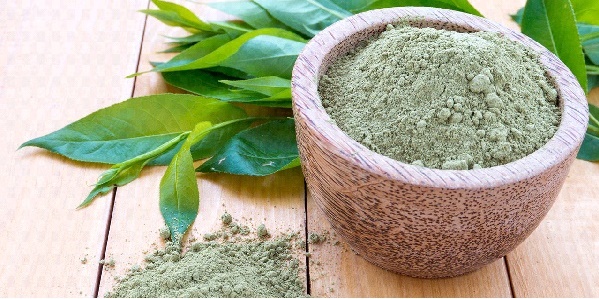
The benefits of natural dyeing herbs
Le Herbs dry cleaners instead they color according to the principle of “Tono su tono”, somehow adding to the starting color. Therefore they do not alter the structure of the hair, but create a sort of coating on the barrel, determining the characteristic volumizing effect and "adding" to the starting color. This is why the final result will largely depend on the base color of each of us, so for example the same dye pack will have completely different effects depending on whether it is applied to light or very dark hair.
Another factor that affects the color obtained is given by porosity of hair, or rather its ability to absorb the coloring pigment. Each person is different, and above all each hair is different, so the results obtained with natural dyes will never be identical. Antiseriality and originality are distinctive traits of dyeing herbs.
Natural colors, recommendations
The approach to vegetable dyes it is neither easy nor immediate. They are generally necessary different uses before getting results visible. It is important to know the characteristics of the individual herbs, to have patience and perseverance, without expecting immediate results. And above all, the desire to experiment is fundamental. But if we don't get discouraged after the first few attempts, we will be able to fully enjoy the extraordinary benefits of herbs on the hair.
In any case, before proceeding with the application of any color, even natural, it is essential to carry out a preliminary test on a hidden lock of hair, both to avoid any allergic reactions and to avoid unpleasant results in terms of unwelcome colors. Allergic reactions to this type of substances are very rare, but not impossible, possibilities.
Another important recommendation is that of carefully check the Inci of the packs, which must report only the scientific name of the plant or, in the case of ready-made mixes, of the individual herbs that make up the mixture. In fact, sometimes synthetic dyes are added to the dyeing herbs that enhance their action, but can cause strange effects especially on bleached or chemically dyed hair, as well as being allergenic and harmful substances for health.
Le Herbs dry cleaners are by far preferable to chemical dyes, as they represent the natural way to well-being of our hair, without risks to our health and in harmony with the environment that surrounds us. They exert exceptional beneficial properties on our hair, making it shiny, voluminous, silky and shiny. They give body and depth to dull and faded colors, illuminating and reviving our natural nuances. They enhance our individuality, because they allow us to show off unique, completely natural colors in the name of originality and antiseriality.
Angela Petrella




